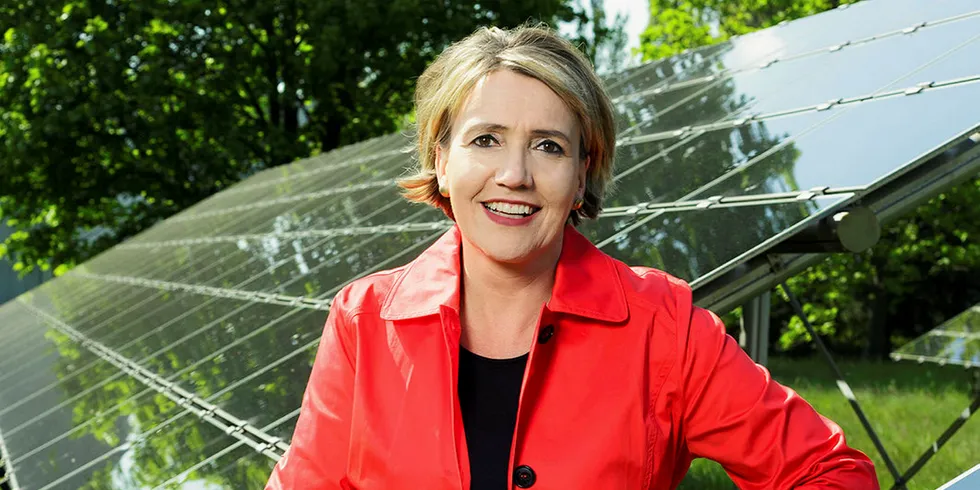Extra offshore wind crucial to green hydrogen plan, says German industry
Offshore wind industry sees a European hydrogen market develop while renewables federation BEE suggests to use plants that will lose EEG support for generating the green gas

Offshore wind industry sees a European hydrogen market develop while renewables federation BEE suggests to use plants that will lose EEG support for generating the green gas
